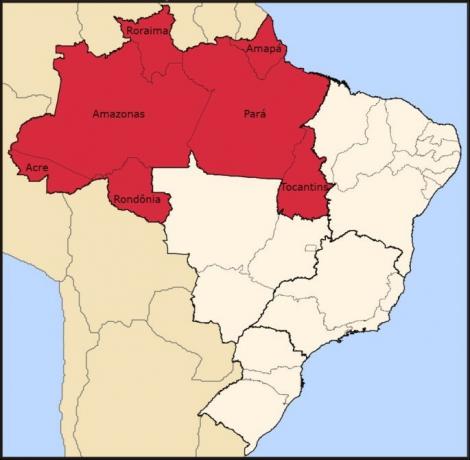The countries that make up the Arab World, located in North Africa and the Middle East, have gone through several insurgencies and popular uprisings in order to pressure the overthrow of dictatorial regimes that have lasted for decades in this region. Gathered in different economic, political and social realities, but having in common the need for reforms deep political and economic, these movements managed to overthrow governments and promote part of their ideals. In some cases, success was not achieved or no progress was made in determining the formation of democratic regimes. due to the intense level of political fragmentation and the presence of authoritarian forces that still operate in these countries.
Protests started in Tunisia, Africa, reaching Egypt, Jordan and Yemen. Demonstrations then continued through Bahrain, Algeria, and Libya. In Algeria, even without a dictatorial regime, the population protested against the economic conditions and lack of freedom of expression. Also in 2011, the government of President Abdelaziz Bouteflika announced the end of the State of Emergency that had been in force in the country for almost two years. decades and a package of economic measures to try to reduce the scope of social movements, with emphasis on combating unemployment.
In Bahrain, a country with around 1.3 million inhabitants and a huge oil production, the vast majority of the The country's population is Shiite, unlike the country's elite represented by the Sunni constitutional monarchy of King Hamad bin Isa Al Khalifa. Much more than economic problems, the demonstrations demand greater popular participation in political decisions, also expressing the differences in the historical division of power between Shiites and Sunnis.
In Morocco, the opposition called the people to march against the country's government, which did not take the breadth of other places. In March 2011 protests reached Syria. In Iran and Saudi Arabia, although to a lesser extent, protests and demonstrations for political and social reforms were also reported. The population of Oman, mostly Ibadista, a subdivision of Islam, began to protest against the sultanate of Qaboos Bin Said Al Said, in power since 1970. Oman represents an exception in the regional context, presenting political and economic stability, where even the practices Islamic religious are more lenient with today's cultural transformations, which favors dialogue with the world western.
Countries like Iran and Saudi Arabia, on the other hand, have peculiar characteristics. The first is a Persian country, a former US ally that went through an Islamic Revolution in the late 1970s, which isolated the country from Western influence. The second represents one of the biggest allies of the United States in the region and which owns about 25% of the oil reserves of OPEC, the cartel of the big oil exporters.
Do not stop now... There's more after the advertising ;)
Iran is a theocratic state where the Ayatollahs, religious leaders who have great influence over the legislative and judiciary powers, they impose laws aimed at the Koran, holy book of the Islamic Former Iranian President Mahmoud Ahmadinejad, who ruled the country between 2005 and 2013, perpetuated a speech aggressive, including publicly denying the occurrence of the Jewish holocaust, which represents an affront to the State of Israel. Iran recently started to suffer UN sanctions, as there is great distrust of the country's nuclear program, which officially it is developed for peaceful purposes, but that could hide Iran's intentions to develop weapons nuclear weapons.
In the case of Iran, the population against the Ayatollahs' regime represents an attitude very well received by the United States and its allies, who they do not want the emergence of a nuclear power in the Middle East, as Iran has large reserves of oil and natural gas as well as control over a large part of the Strait of Hormuz, in the Persian Gulf, an obligatory route for the commerce of oil produced by the countries of the region. Hassan Rohani, Iran's newly inaugurated president, has adopted a more cautious speech, pointing out that the country will not, under any circumstances, build nuclear weapons.
Now, as far as Saudi Arabia is concerned, protests are seen by the West in a very different way. The country is also a theocracy, using the Koran as a constitution. It has the religious cities of Medina and Mecca, the latter fundamental to the Islamic faith. The country is the most important Arab ally of the United States and has the already outstanding oil deposits. Given this situation, several damages could be caused in relation to the West if the popular demonstrations, which are not yet intense, cause the downfall of King Abdullah's regime.
See too: Retrospective on Movements in the Arab World - Part I
Julio César Lázaro da Silva
Brazil School Collaborator
Graduated in Geography from Universidade Estadual Paulista - UNESP
Master in Human Geography from Universidade Estadual Paulista - UNESP



